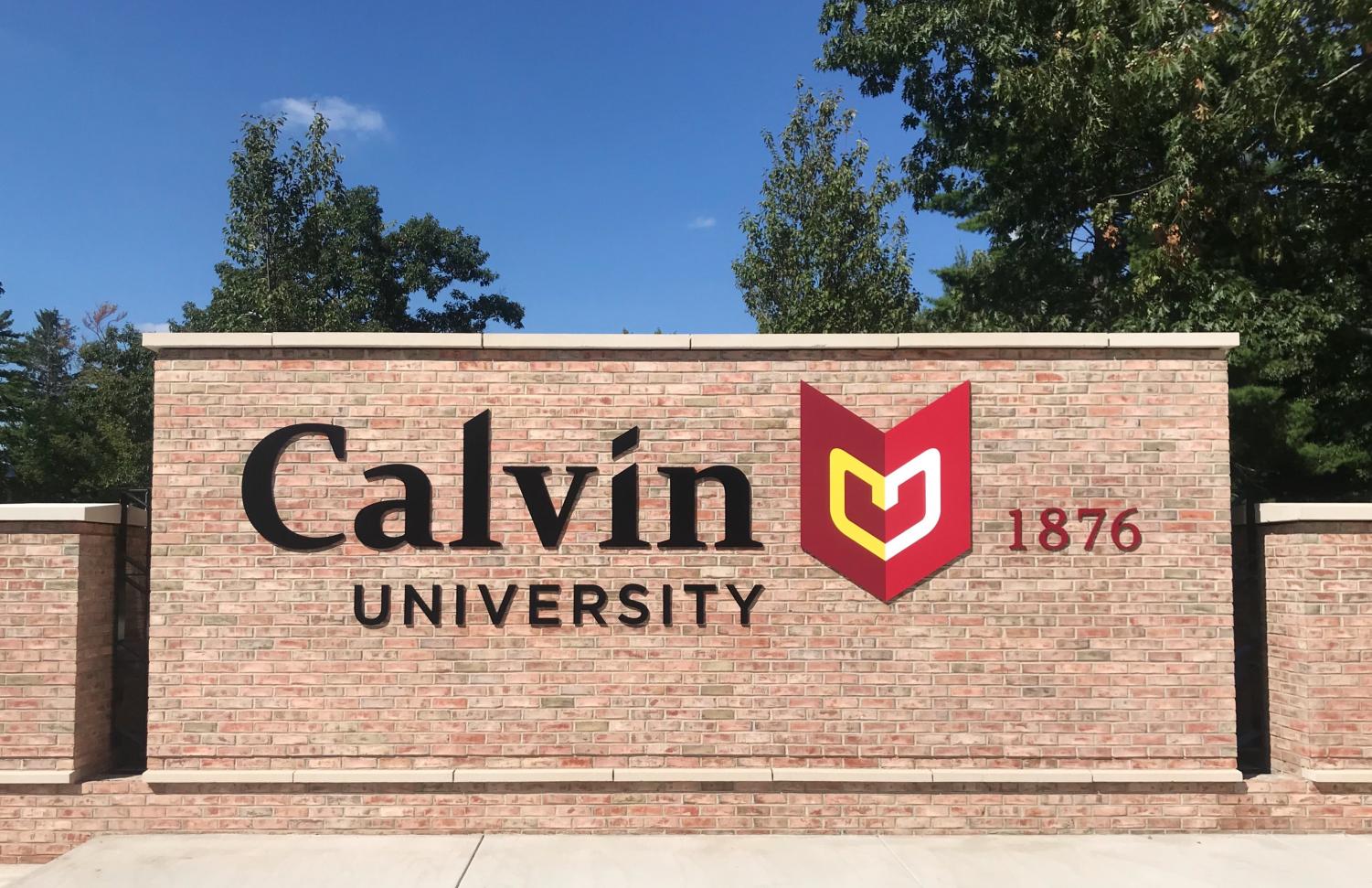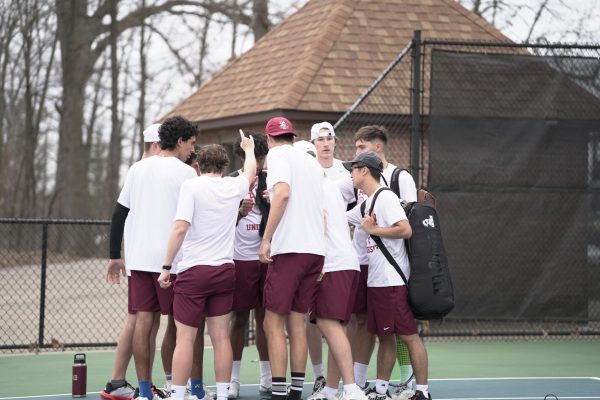Calvin receives new name and campus upgrades
As another academic year kicks off, Calvin is filled with new faces bustling around and soaking in all they can. But faces aren’t the only new things on campus. On July 10, 2019, Calvin College officially dropped the college tag and became Calvin University, a change that requires work all

New Calvin University Burton entrance
around campus.
Reported by Chimes back in January, Calvin had to replace or update 82 out of 140 signs. Most of the updates were smaller projects that consisted of changing the small banners on the directory signs from Calvin College to Calvin University. But some much larger changes also took place.
A big question regarding the renovations is funds. With tuition increasing again this year, it’s hard not to feel a small amount of animosity towards the upgrades. Russell Bray, director of facilities at Calvin University, explains that Calvin adopted a master plan a few years ago to coincide with the change from college to university. The plan has its own budget set up and wherever it falls short, Calvin reaches out to donors to make up the difference.
The main entrance off Burton Street received the most notable makeover. A new bus stop, brick wall, and sign have been added. The entrance also features landscaping and a platform perfect for taking pictures in front of the new sign.
Senior Austin Huizenga said he was really impressed by the new entrance and loves the way it pops compared to the old sign, but he also said, “It’s a little disappointing they didn’t put an arch going overhead. Would have looked really cool.” Huizenga hopes the new entrance will draw more attention to Calvin and create an aesthetic to bring in more students.
The Lake Drive, East Paris and seminary signs all received upgrades to include “Calvin University.” Two emblems previously on the Beltline overpass towers were also removed. The Spoelhof College Center has been renamed the Spoelhof University Center, with new lettering above the main entrance and an emblem by the lobby lounge.
Another addition to campus is the new concrete sidewalk that runs from the Chapel to the Fieldhouse. Connecting all the academic buildings except the CFAC west of the Beltline, the new sidewalk adds color and design to the otherwise blacktop sidewalks. Bray states, “The master plan calls for primary walkways, secondary walkways, and tertiary walkways, and this was the first step towards that.” This master plan, as Bray puts it, wants to add a “pop and wow” factor to campus.
As the years continue and the master plan further unfolds, students, faculty, staff and visitors should expect to see more renovations around campus — renovations which, according to Bray, are meant to improve the aesthetic of campus and help create a lasting image for visitors and prospective students.







